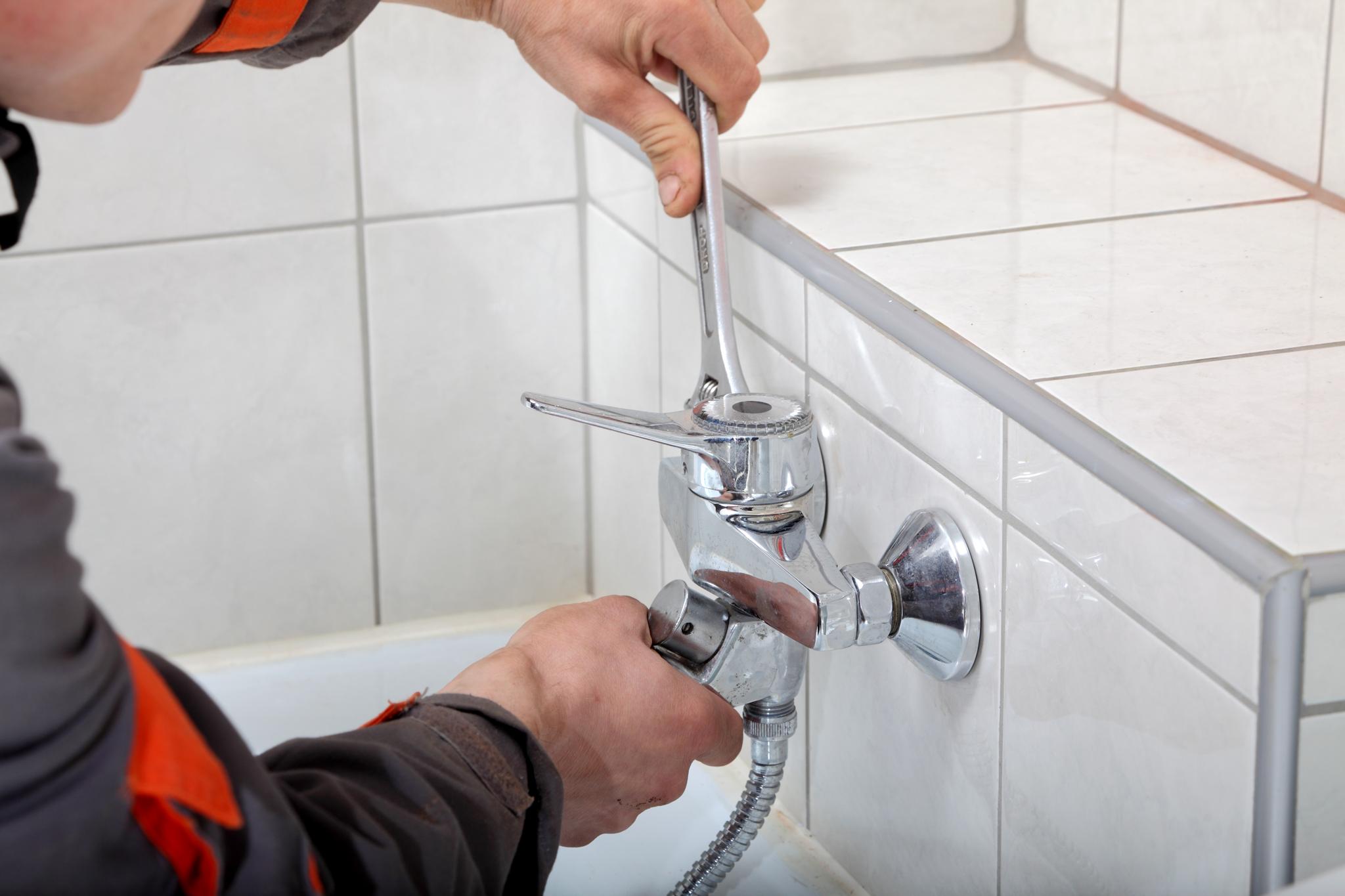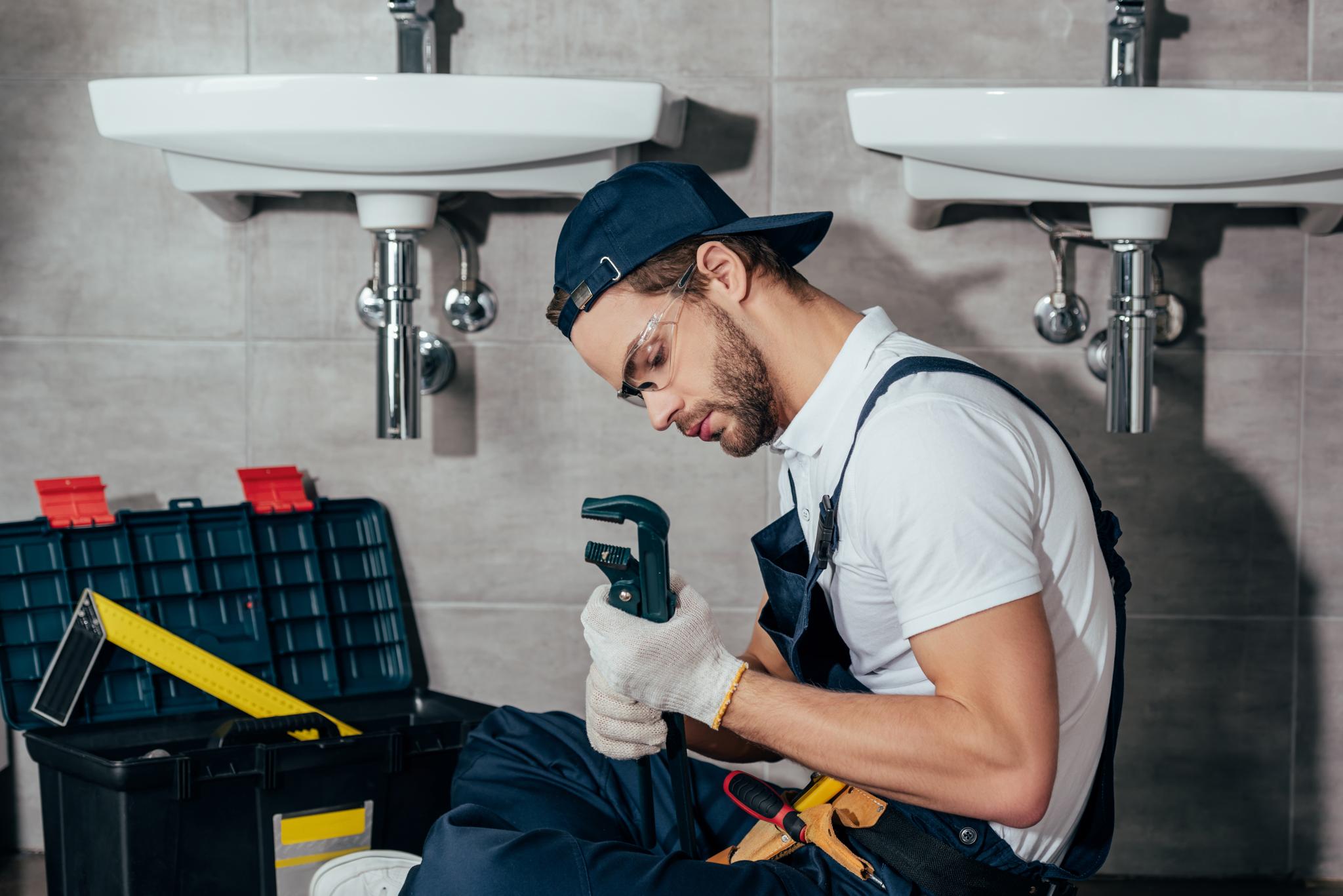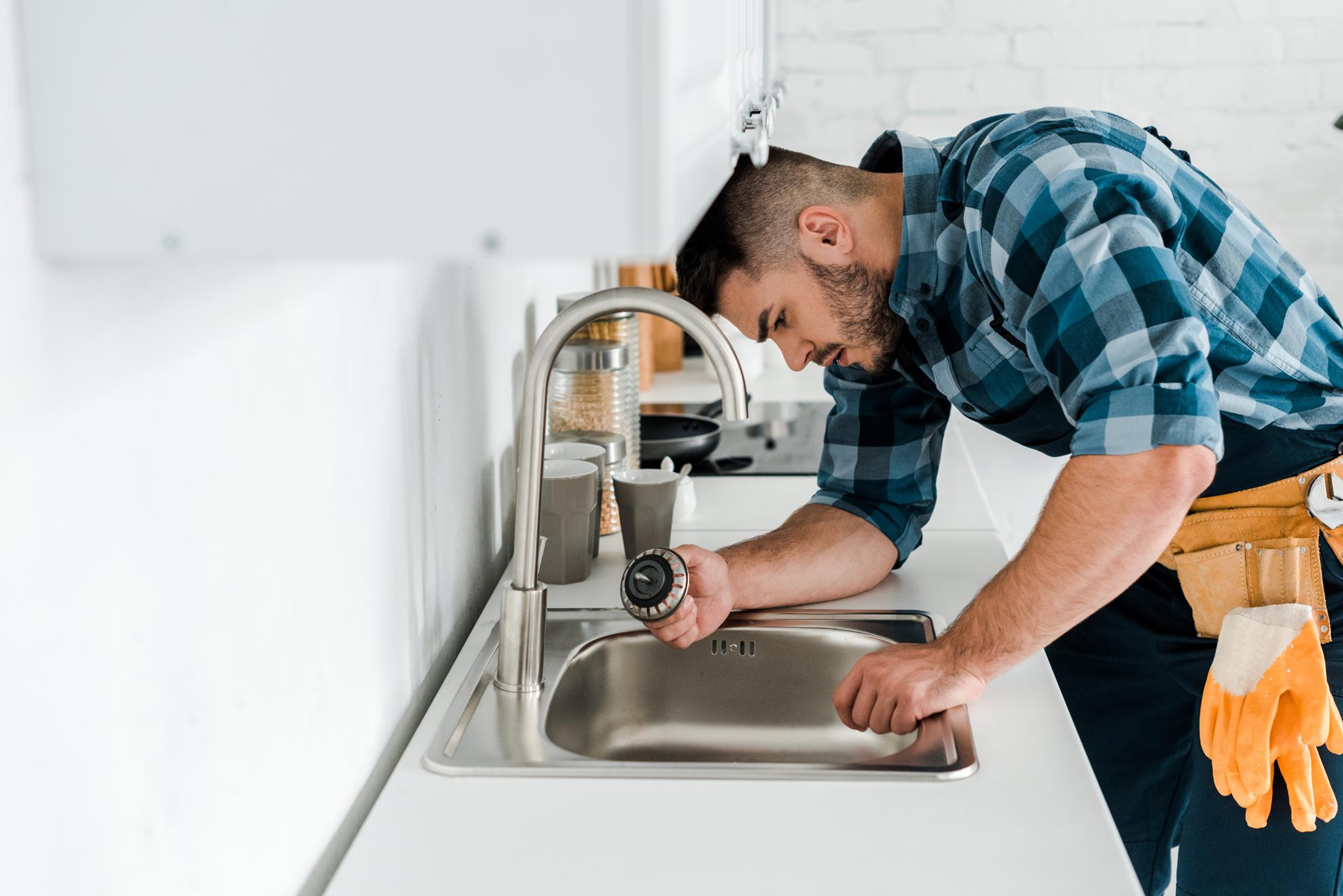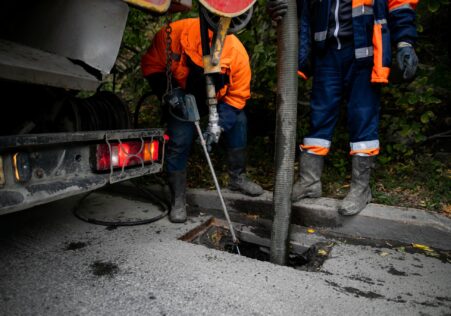Understanding the Differences Between Pipe Relining and Pipe Replacement

In the case of fixing damaged pipes, two popular methods are pipe relining and replacement of pipes. Both solutions aim to bring back the original function of your pipes, however they differ in a way that must be aware of.
Key Takeaways
- Relining pipelines is a cost-effective and speedy method to repair damaged pipelines.
- CIPP lining is used in the relining of pipes.
- Epoxy resin is utilized to line the inner areas of the pipe. This cures to create a new inner lining in the pipe.
- Pipe relining is time-efficient, cost-effective, and will last for up to 50 years.
- The traditional method of replacing pipes is digging up portions of property where pipes are.
- The replacement of pipes is often necessary to repair pipes that are severely damaged.
- A brand-new pipeline installed with pipe replacement has a long time span (75 up to 100 years).
- Pipe replacement is costly and long-lasting.
- The decision between pipe relining or pipe replacement depends on the level of damage caused.
In this post, we’ll look at pipe relining vs. pipe replacement. Find the one that best suits your needs more.
How do you define Pipe Relining?
Relining pipes or Cured-In Place Pipe (CIPP) lining is a state-of-the-art repair process that provides a cost-effective, rapid solution for the repair of damaged pipelines.
Here’s how it works:
- A technician cleans the pipeline by using high-pressure water jetting or mechanical cleaning.
- Then, they put epoxy resin made of fiberglass or polyester inside the pipeline.
- The liner is cured, creating a new inner lining inside the old pipeline that’s as durable as a new one.
The advantages of Pipe Relining
- The process is time-efficient, taking only 2 to 3 hours to complete the whole process, as opposed to digging for days for traditional pipe replacement methods.
- Cost-effective - Because no excavation or removal is needed in the pipe relining process It can save you nearly 50% of the cost you’d spend on traditional repairs.
- Durability – The new liner that is created by pipe relining may last for 50 years!
Cons of Pipe Relining
- Not recommended for extremely damaged pipes. If there are significant damages like collapses, cracks, or joints that aren’t aligned properly within your sewer line then pipe relining may not be possible.
What exactly is Pipe Replacement?
Pipe replacement involves digging up portions of the yard/sidewalk/driveway where underground pipes are located. These sections may include collapsed pipes or extremely corrosion-prone ones, due to the effects of time or neglect.
The steps below are the most traditional pipe replacements:
- A team of excavation workers digs access to the deteriorated underground pipe.
- The pipeline was ripped off and dredged out, producing a lot debris that must be cleared away.
- Then, they put in the new pipeline on top of the one they had previously installed.
Pros of Pipe Replacement
- Ideal for pipes that have been severely damaged In the event that you need to replace pipes with severe corrosion or damage, pipe replacement is the ideal solution.
- Long lifespan – The new pipeline that is installed by pipe replacement has a long lifespan (75 up to 100 years) which makes it a great choice for homeowners in search of an ongoing solution.
Cons of Pipe Replacement
- It is expensive – Excavating work required for pipe replacement could be time-consuming and expensive.
- Long-lasting – Pipe replacements can take weeks depending on the extent of work and the depth of excavations needed.
Which option should you pick?
The choice between replacement or relining your pipes is mostly based on the level of damage caused. If your pipes suffer minor issues like cracks, or minor leaks, relining would probably be the best option, as it’s less expensive and is also faster than conventional replacements.
However, if you have severe damage, such as collapses or broken pipes, then you should consider traditional pipe replacement although it may be more expensive and take longer.
| Pipe Relining | Pipe Replacement | |
|---|---|---|
| Procedure | CIPP lining using epoxy resin | Excavating and replacing the old pipeline |
| Pros | Time-efficient- 2 to 3 hours to complete | Suitable for severely damaged pipes |
| Cost-effective – Almost half of traditional costs. | New pipeline lasts for 75 to 100 years | |
| Durable – Lasts up to 50 years | ||
| Cons | Not suitable for severely damaged pipes | Costly |
| Time-consuming | ||
| When to choose | Minor damages like cracks or minor leaks | Severe damages like collapses or breaks |
FAQ
What is pipe relining?
Relining a pipe is a procedure that involves creating a new pipe within the existing damaged pipe. It is accomplished by inserting a liner that is flexible into the old pipe and then curing it in place. After curing, the new pipe has no joints or seams that improve its structural strength.
How does the traditional replacement of pipes differ from relining pipe?
Traditional pipe replacement involves digging and physically dismantling old pipes after which they are replaced with new ones. However, pipe relining isn’t a requirement for excavation. Instead it’s done with the help of technology, which allows pipe repair without digging up huge areas of land.
Which method is cheaper - liner relining or conventional pipe replacement?
Relining pipes typically cost less than the traditional methods of repair of pipelines because there are no expenses related to excavation and other techniques necessary for removing and replacing old pipes.
All kinds of pipes can be lined?
Not all types of pipes can be relined successfully. Ultimately, your plumber will have to inspect your situation to determine if it’s possible to line your specific type of pipes. However, most new pipes may be lined using this procedure.
How long does the process of relining pipes last?
The exact length of time needed for the procedure is contingent upon various elements like location, environment, and type of damage; however, the average pipe Relining job typically takes around 2 days depending on how many metres need to be lined..
If you are looking to stay clear of invasive excavation works and save money while restoring your damaged pipelines’ function to its maximum take a look at our Adelaide Blocked Drains Plumbing ‘s swift and efficient pipe relining services. Get in touch with us!
Additional Information
- Ecological Advantages of Pipe Relining in Sustainable Living
- Homeowners Be Informed: Your Helpful Resource to Noticing Piping in Demand of Replacement
- Say Goodbye to Frequent Clogging: Reasons to Invest in Pipe Relining Services
- Resolve Your Sewer Problems Without Spending A Lot: Pipe Relining
- How to Choose between Different Types of Pipe Relining Materials (And Which One Is Right for You)
- Pipe Relining: A Smart Investment for Your Property
- Don't Let These Common Mistakes Clog Your Pipes
- Keeping Costly Drain Repairs at Bay with Routine Inspections
- The Future of Plumbing: Advances in CCTV Drain Inspection Technology
- Why Condo Complexes are Switching to Trenchless Pipe Relining Methods








